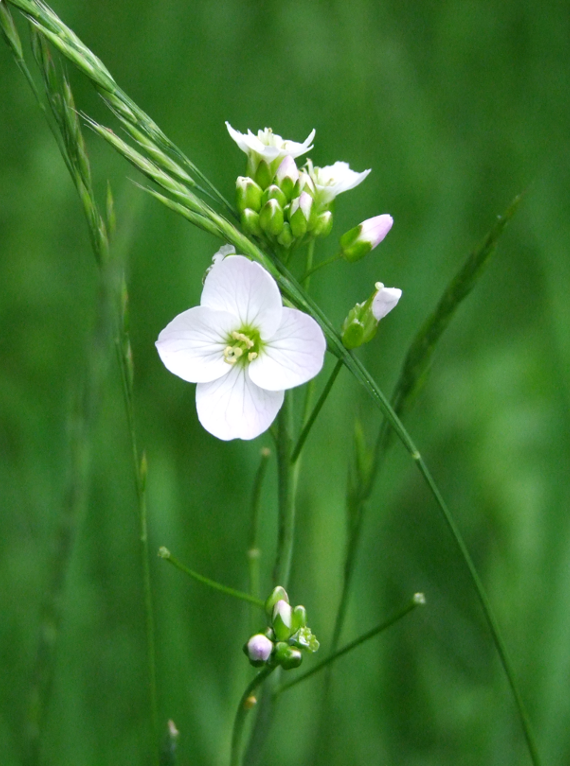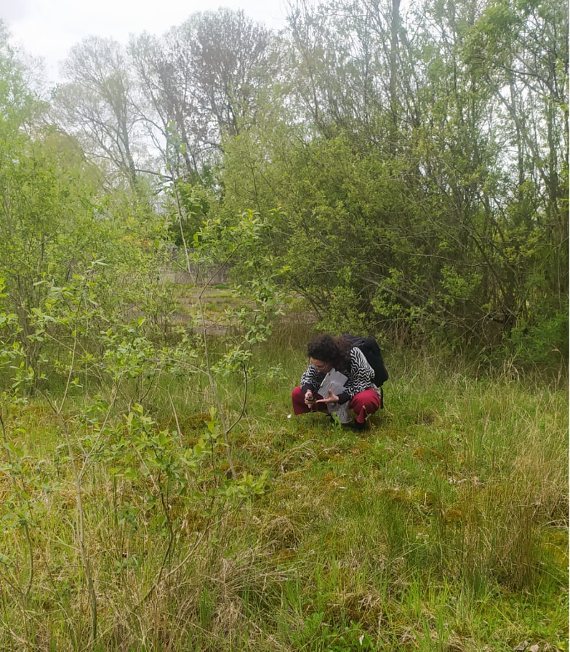As the NovelEco project develops, two team members have been conducting a series of Future Novel Ecologies workshops in various case study locations. Mel and Mairéad have been exploring the social-ecological traits and capabilities of informal urban wild spaces implementing a range of creative methods, more details on which can be found here. To date, eight workshops have been conducted (see Table 1). The following blog post will summarise initial reflections from the first workshop of the series, set in Cahir, Co. Tipperary.
| Location | Date |
| Cahir, Co. Tipperary (Ireland) | 29th April 2023 |
| Soloviev lot, New York City (USA) | 3rd June 2023 |
| The Field, National College of Art and Design, Dublin (Ireland) | 26th June 2023 |
| Sallins, Co. Kildare (Ireland | 19th July 2023 |
| University College Dublin (Ireland) | 17th October 2023 |
| Centre for Urban Transitions, Swinburne University, Melbourne (Australia) | 8th November 2023 |
| Yarra River, Abbotsford, Melbourne (Australia) | 29th November 2023 |
| Kororoit Creek, Melbourne (Australia) | 10th December 2023 |
The Cahir workshop was a very exciting one for the team as it was the first workshop to kick off the Future Novel Ecologies series. The workshop was held in the centre of Cahir town, with the wilderness walk taking place on an abandoned site in close proximity to the Lower River Suir SAC. The location is a privately-owned site which is often not accessible to the public but has a large volume of passing traffic as it is located adjacent to a busy car park. Species located on the site gave insights into the environmental characteristics such as the damp nature represented in the willow trees and rushes which occupied much of the site. Given the marshy nature of the site, it was unsurprising that we happened upon the beautiful and delicate native Cuckooflower or “Lady’s Smock” (Figure 1) during our walk. Although story-telling is one of the three activities during the workshop, story-telling began to emerge as we were on our walk with participants discussing the tales associated with the Cardamine pratensis. These included stories from their youth of celebrating May Day and decorating the May altar with the delicate flower, symbolising Spring and new beginnings. Furthermore, discussions emerged on the interconnections which persist within ecosystems such as the role of the Cuckooflower in the life-cycle of the orange-tip butterfly. Although the wilderness walks of the workshops are encouraged to be a time of solitary reflections, we found the participants became enlivened and enthusiastic to discuss the nature of the environment they were experiencing immediately, an intriguing moment given the space was also characterised as a “concrete jungle”. These are often contradictions we experience within the workshops, particularly as often the sites we are visiting are discussed as overlooked and ignored, however, after spending some time within the space, slowing down to observe the various dynamics, participants often remark upon the magic and aliveness of the ecosystem which they would otherwise miss.

Figure 1: The beautiful and delicate Cuckooflower which grows in damp, marshy meadows similar to the Cahir site (Photo credit: Mairéad O’Donnell).
The participants of the Cahir workshop were from a variety of backgrounds which is the goal of these exploratory workshops. Participants included individuals from Technological University of the Shannon, National Biodiversity Data Centre, Tipperary County Council, and Cahir Tidy Towns, each bringing unique perspectives. We target a mixture of backgrounds for these exploratory workshops as we aim to explore the multitude of values associated with informal wild spaces. Furthermore, bringing together a host of individuals with a variety of values and perceptions, each with their own interest in the site, offers an opportunity for learnings for not only the researchers but also those participating. Within the Cahir workshop, these learnings emerged in a variety of forms including the historical context of the site. The participants reflected on the past role of the site as a grain-loading dock when the town was an epicentre for Quaker flour mills along the River Suir. The site would have once been a hotspot for human activities with markets and enterprises occupying the location, eventually being bought and left to naturally rewild while decisions are made on its future. During this time, nature returned, claiming its rights which would have once existed prior to human activity. Nature has since developed an oasis of wilderness mixed with relaxation. Spending time in the space drowns out the traffic hums, replacing it with the sound of the river combined with the songs of the Blackcap and Willow Warbler. Removing the scent of congestion and in its place emerges the scent of Buddleia and Mint. The dichotomy of life emerges, while its space is very much alive and at play with death and decay also visible in the empty snail shells left behind by the Song Thrush. It is truly a world away from the next door car park.

Figure 2: Mel exploring our concrete jungle during our workshop in Cahir, Co. Tipperary (Photo credit: Mairéad O’Donnell).
While the future of the site is very much left unknown, the participants envisaged enormous opportunities for the site. Discussions on how to connect the site and its nature back with the community while also respecting the agency of the biodiversity inhabiting the site began to emerge. While the privatisation of the site was an obvious barrier, participants reflected on pathways for overcoming this, such as incorporating an educational facility alongside the site. As Cahir is a growing town, the future housing and development needs are, as one would expect, a key consideration. However, the group envisioned how a sustainability education centre could realistically address those future challenges within the town, where schools and groups could visit to learn about the abundance of nature and the river while ensuring that development is adapting to ensure the preservation of the environment which is not often the case in the current climate. A centre such as this has the potential to become an example of how development can look in the future, taking the needs and considerations of diverse local communities into consideration along with respecting the rights of nature within our urban locations. Living alongside each other and developing mutually beneficial relationships to ensure that future generations can not only learn from us but also gain liveable urban locations in the process.